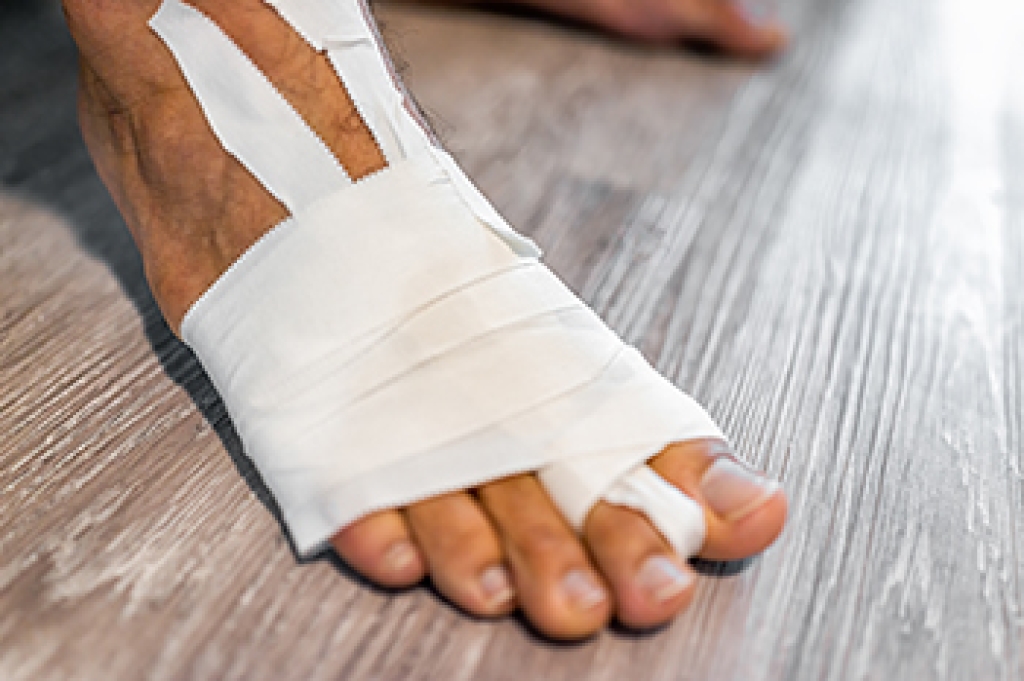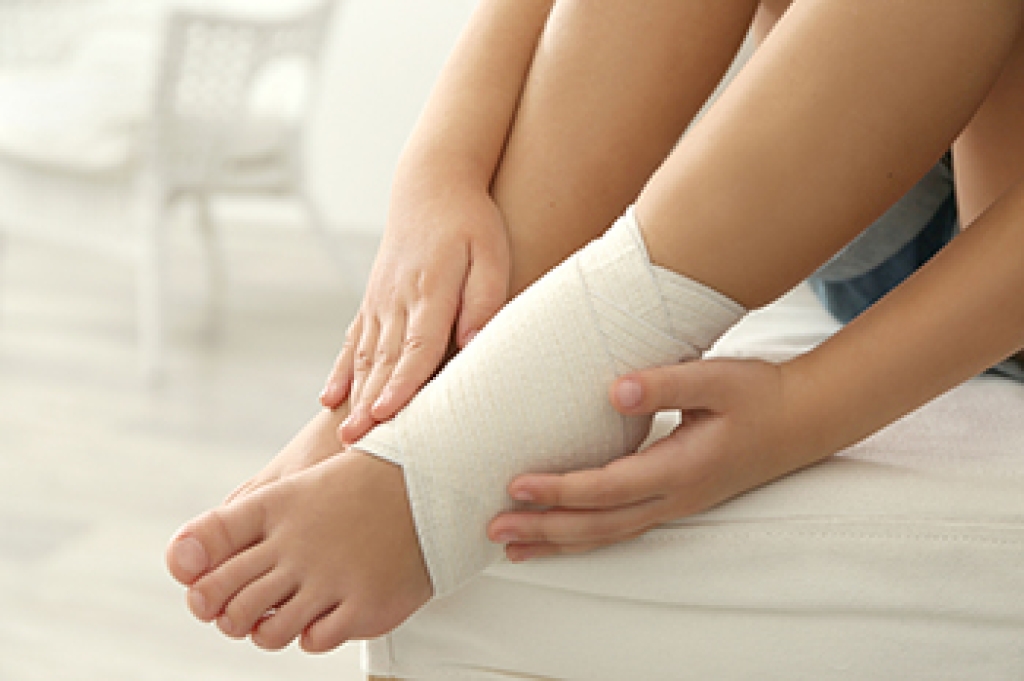
Turf toe occurs when the big toe bends too far upward, stretching or tearing the soft tissues that support the joint. This injury is common in activities that involve sudden stops, quick direction changes, or forceful push offs, especially on firm surfaces. The toe may become painful, swollen, or stiff, and many people notice discomfort when trying to lift off during walking or running. In some cases, the joint feels unstable or weak, making it difficult to move with confidence. Early care helps prevent the injury from worsening and supports a smoother recovery. Resting the toe, avoiding movements that cause pain, and choosing shoes with a stiff sole can reduce stress on the joint. If you experience swelling, tenderness, or difficulty bending the big toe, it is suggested that you schedule an appointment with a podiatrist for proper guidance.
Toe pain can disrupt your daily activities. If you have any concerns, contact Theresa Brown, DPM of Essie M.B. Smith Foot Clinic. Our doctor can provide the care you need to keep you pain-free and on your feet.
What Causes Toe Pain?
Most severe toe pain is caused due to a sports injury, trauma from dropping something heavy on the toe, or bumping into something rigid. Other problems can develop over time for various reasons.
Toe pain can be caused by one or more ailments. The most common include:
- Trauma
- Sports injury
- Wearing shoes that are too tight
- Arthritis
- Gout
- Corns and calluses
- Hammertoe
- Bunions
- Blisters
- Ingrown toenails
- Sprains
- Fractures (broken bones)
- Dislocations
When to See a Podiatrist
- Severe pain
- Persistent pain that lasts more than a week
- Signs of infection
- Continued swelling
- Pain that prevents walking
Diagnosis
In many cases the cause of toe pain is obvious, but in others, a podiatrist may want to use more advanced methods to determine the problem. These can range from simple visual inspections and sensation tests to X-rays and MRI scans. Prior medical history, family medical history, and any recent physical traumatic events will all be taken into consideration for a proper diagnosis.
Treatment
Treatments for toe pain and injuries vary and may include shoe inserts, padding, taping, medicines, injections, and in some cases, surgery. If you believe that you have broken a toe, please see a podiatrist as soon as possible.
If you have any questions please contact our office located in Montgomery, AL . We offer the newest diagnostic and treatment technologies for all your foot and ankle needs.







